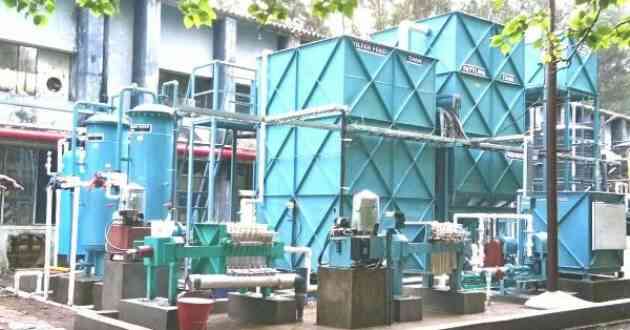The Truth About Delhi's Air Pollution
Every year, pollution levels soar as winter approaches Delhi. This year, one is told, will be the worst ever.
Unfortunately, the apportioning of blame has begun. What one needs now is not acrimonious polemic charged with strident rhetoric but effective action. Those engaged in it cannot be unaware of the serious consequences, particularly in the area of health. The least serious afflictions include breathlessness, coughing, sneezing, constriction inside the chest, allergy and aggravation of asthma. Life-threatening conditions can arise in the case of patients with respiratory and cardiac problems. Besides, a study by researchers at Columbia University's Mailman School of Public Health shows that people living in areas with high pollution levels are more likely to have bone fractures as a result of osteoporosis. Further, according to studies, as many as an estimated 10,000 people die prematurely in Delhi every year as a result of air pollution, and residents could live for an additional nine years if Delhi met World Health Organisation's air quality standards.
Nor can people in power be unware that the smog hanging over Delhi is the visible manifestation of the city's air pollution. It is a mixture of smoke and fog, and is composed of nitrogen oxides, sulphur oxides, ozone, smoke and particulates of other less visible pollutants which include carbon monoxide, CFCs and radioactive sources. Unfortunately, as in the preceding years, effective action has been missing.
This cannot be because the causes of the smog are unknown. These are public knowledge and comprise dust particles from industrial units and the growing number of construction works; the burning of post-harvest paddy stalks in Punjab, Rajasthan and Haryana; vehicular exhausts, particularly from diesel-powered city buses and trucks, and two/ three-wheelers with two-stroke engines. Also, in many parts of Delhi-NCR region, people burst crackers with a vengeance despite these being banned. Finally, the effect of very low wind speed that prevented the dispersal of the smog was exacerbated by an unprecedented change in the direction of wind flow that blew most of the smoke from various parts of northern India toward New Delhi.
The most important cause of increasing pollution - Delhi's soaring population - has not featured adequately in the pollution discourse. The rise has been staggering - from 0.17 crore in 1951 to an estimated 1.9 crore in 2017. The result has been more cars, trucks, buses and two and three-wheelers on the roads-the advent of metro rail system notwithstanding; more construction, industrial units, more burning of fossil fuel for cooking and keeping the cold away. The sum total of the consequences is the smog.
The question of population is important. It is increasing all over India. From 36 crore in 1951, according to the national census that year, it rose to 105 and 121 crore in 2001 and 2011 respectively, and was put at 134 crore in May 2016. It is set to become 152 crore in 2030 and 170 crore in 2050. The annual rate of growth has doubtless been falling. Its impact, however, will begin to be felt after 2050. Meanwhile, the continuing increase in human activity to cater to its needs, will continue to push pollution levels up in the absence of the kind of essential steps that, experience suggests, are unlikely to be taken.
The Delhi Government has taken some measures. At its instance, the National Thermal Power Corporation has shut down for 10 days from November 7, its Badarpur plant, long considered a key pollutant. The use of all diesel generating sets, except those used in emergency services in hospitals and mobile towers, would not be allowed during the same period. Orders have been given for spraying water at construction sites.
It is good that the National Green Tribunal's intervention has led to a temporary shelving of the odd-even plan regarding the plying of private cars. The exemption granted to women drivers, on the ground that otherwise their security would be affected, raise the question: Does the security of women, who do not have cars, not matter? Also, are two and three wheelers, which have been exempted, not among the worst vehicular polluters?
The truth about Delhi's air pollution - Population increase, perhaps the most important factor for the deplorable air quality in the Capital, does not feature among the causes cited this Article is about Air pollution news for more information visit : www.dailypioneer.com.


